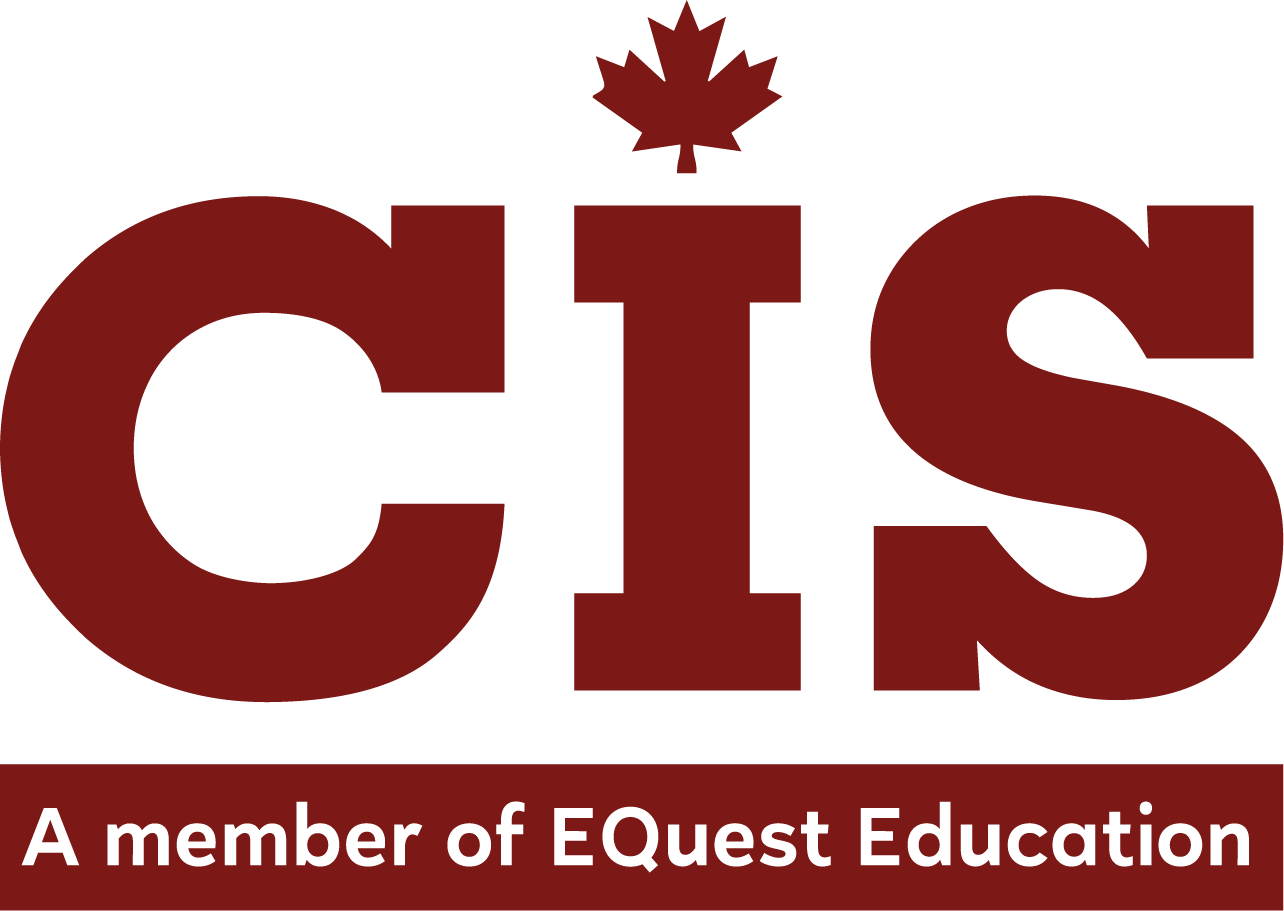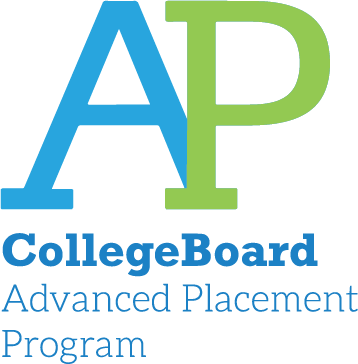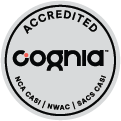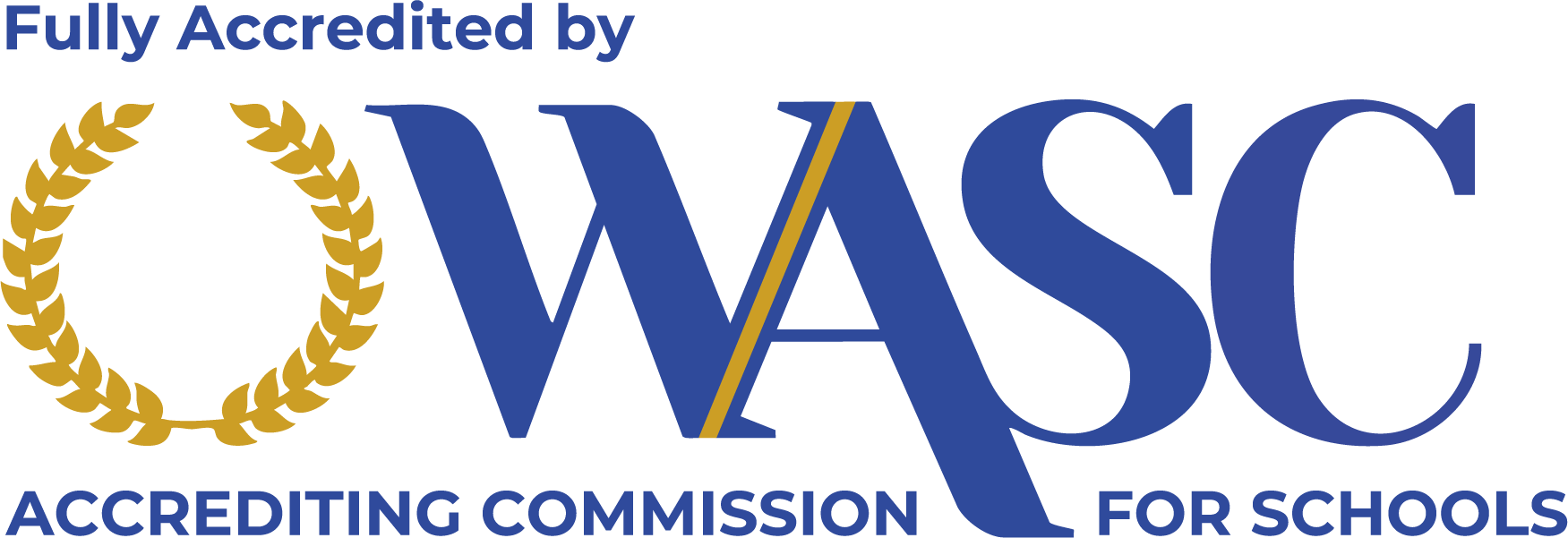THE CANADIAN INTERNATIONAL SCHOOL IS ACCREDITED BY COGNIA™
The Canadian International School (CIS) announces the official accreditation of NCA CASI, NWAC, and SACS CASI – the accreditation agencies of Cognia Accreditation Organization (USA). This marks a significant milestone for CIS and demonstrates a commitment to improving the quality of education within the system and enhancing opportunities for students applying to top national and international universities.
Cognia is the world's largest accrediting organization with a 125-year history and has accredited over 36.000 schools/institutions in 85 countries globally. Cognia owns the 3 largest regional accreditation agencies in the US (NCA CASI, NWAC, SACS CASI).
Dr. Mark A. Elgart, President and CEO of Cognia, emphasizes that Cognia accreditation is a rigorous process guiding the entire school community toward the primary goal of preparing lifelong learners for engaging educational environments, where all students can succeed. CIS has achieved this by meeting high standards and making progress in key indicators influencing student learning.
The Cognia accreditation process, lasting from 1.5 to 2 years, recognizes CIS proactively engaging in comprehensive self-assessment, developing and implementing improvement plans, and consistently meeting the strict requirements of the international education quality standards framework. This includes:
- Providing the best learning environment for students to develop their individual competencies, ensuring continuous progress.
- Offering highly specialized teachers with effective training in teaching quality, providing equal opportunities for career advancement.
- After achieving accreditation, CIS undergoes periodic assessments by Cognia within five years to maintain the validity of accreditation.
Cognia certifies the accreditation when the organization/unit meets all 3 groups of competencies: Leadership, Teaching and Learning, and Resource Management.
I/ Evaluating and Improving the Group’s Capacity for Leadership is Reflected in the Following 11 Criteria:
- The organization commits to a purpose statement that defines beliefs about learning, including the expectations for the organization.
- Stakeholders collectively demonstrate actions to ensure the achievement of the organization’s purpose.
- The organization engages in a continuous improvement process that produces evidence thereof, including measurable results of professional practices and organizational effectiveness.
- The governing authority establishes and ensures adherence to policies that are designed to support organizational effectiveness.
- The governing authority adheres to a code of ethics and functions within defined roles and responsibilities.
- Leaders implement staff supervision and evaluation processes to improve professional practice and organizational effectiveness.
- Leaders implement operational processes and procedures to ensure organizational effectiveness.
- Leaders engage stakeholders to support the achievement of the organization’s purpose and direction.
- The organization provides experiences that cultivate and improve leadership effectiveness.
- Leaders collect and analyze a range of feedback data from multiple stakeholder groups to inform decision-making that results in improvement.
- The organization implements a quality assurance process for its institutions to ensure organizational effectiveness and student learning.
II/ Evaluating and Improving the Group’s Capacity for Teaching and Learning is Reflected in the Following 16 Criteria:
- The learning culture promotes creativity, innovation, and collaborative problem-solving.
- The organization identifies and develops programs and services based on a data-driven needs assessment of its institutions.
- The organization implements programs and services that are equitable, relevant, and aligned to research and best practices to meet the needs of its institutions.
- The organization implements instructional strategies that ensure adult learners’ needs are met and that learners are engaged in deeper learning experiences.
- The organization gathers, analyzes, and uses formative and summative data to improve student learning and the delivery of programs and services.
- The organization implements a process to continuously assess its programs, services, and organizational conditions to improve organizational effectiveness.
- Learners have equitable opportunities to develop skills and achieve the content and learning priorities established by the organization.
- The learning culture develops learners’ attitudes, beliefs, and skills needed for success. The organization has a formal structure to ensure learners develop positive relationships with and have adults and peers who support their educational experiences.
- Educators implement a curriculum that is based on high expectations and prepares learners for their next levels.
- The organization implements a process to ensure the curriculum is aligned with standards and best practices.
- Educators implement instructional strategies that ensure learners’ needs are met and that learners are engaged in deeper learning experiences.
- Instruction is monitored and adjusted to meet individual learners’ needs and the organization’s learning expectations.
- The organization provides programs and services for learners’ educational futures and career planning.
- The organization implements processes to identify and address the specialized needs of learners.
- The learning progress is reliably assessed and consistently communicated.
III/ Evaluating and Improving the Group’s Capacity for Resource Management is Reflected in the Following 8 Criteria:
- The organization plans and delivers professional learning to improve the learning environment and organizational effectiveness.
- The organization’s professional learning structure and expectations promote collaboration and collegiality to improve organizational effectiveness.
- The organization provides induction, mentoring, and coaching programs that ensure all staff members have the knowledge and skills to improve professional practice and organizational effectiveness.
- The organization attracts and retains qualified personnel who support the institution’s purpose and direction.
- The organization integrates digital resources into teaching, learning, and operations to improve professional practices and organizational effectiveness, as well as to support learning and program delivery.
- The organization provides access to information resources and materials to support its organization, programs, and services.
- The organization demonstrates strategic resource management that includes long-range planning and the use of resources in support of the organization’s purpose and direction.
- The organization allocates human, material, and fiscal resources in alignment with the organization’s identified needs and priorities to improve organizational effectiveness.
️CIS extends heartfelt gratitude to parents, students, teachers, and staff for their unwavering support and companionship throughout the process of implementing the comprehensive educational quality accreditation program with Cognia Accreditation. This collective effort reinforces CISS's commitment to providing students with a world-class educational experience.






 VN
VN
 EN
EN
 KR
KR
 CH
CH






















